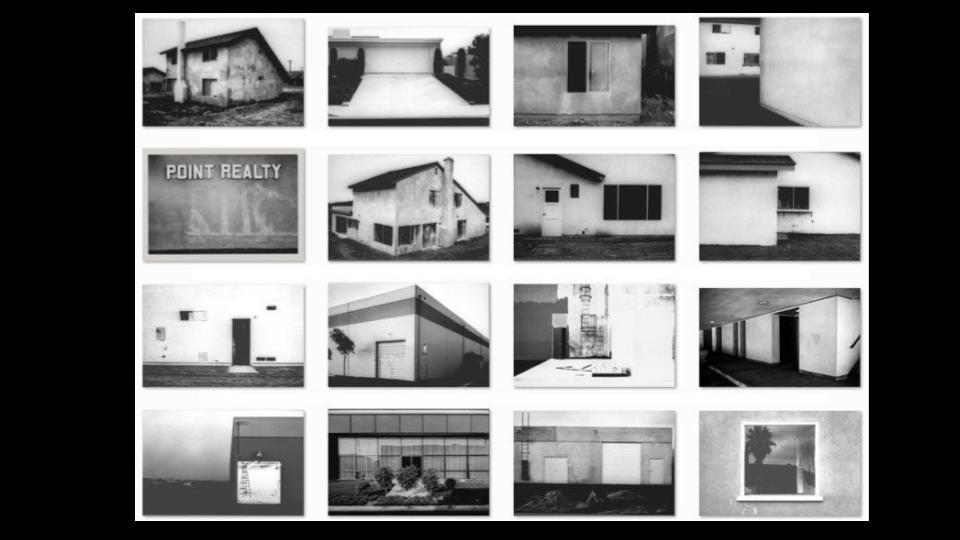

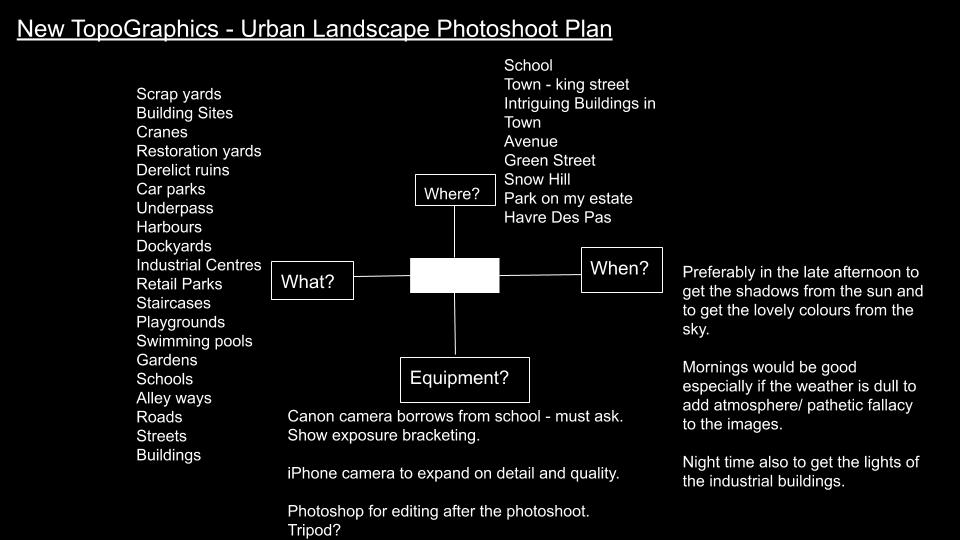




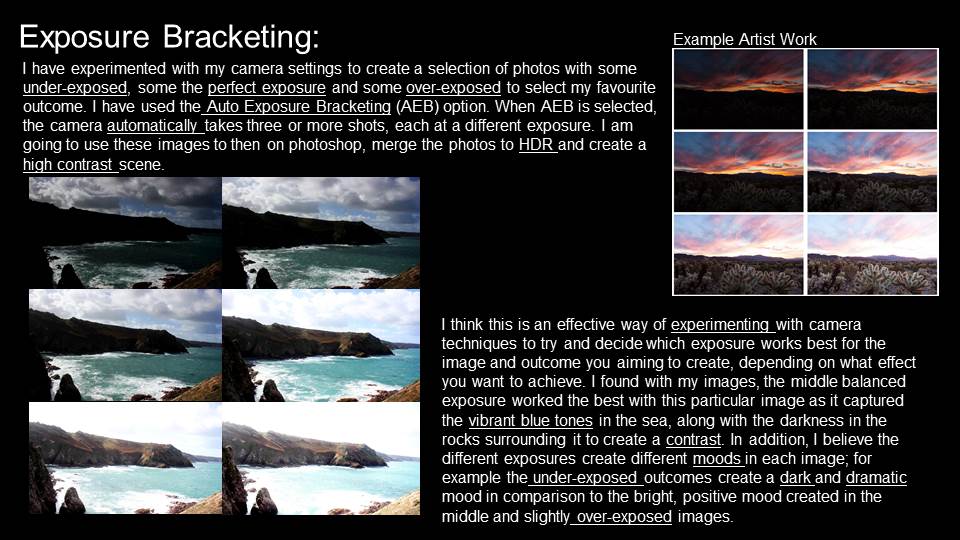
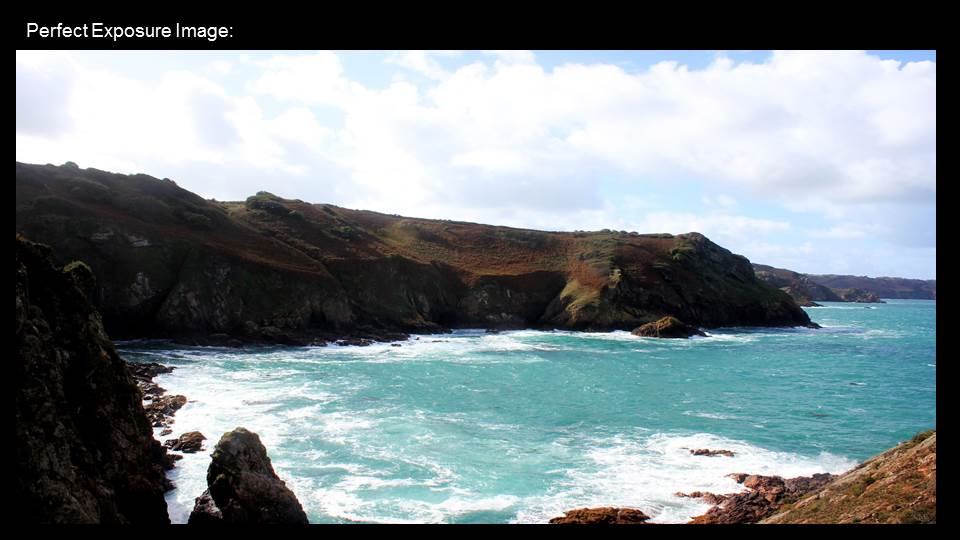
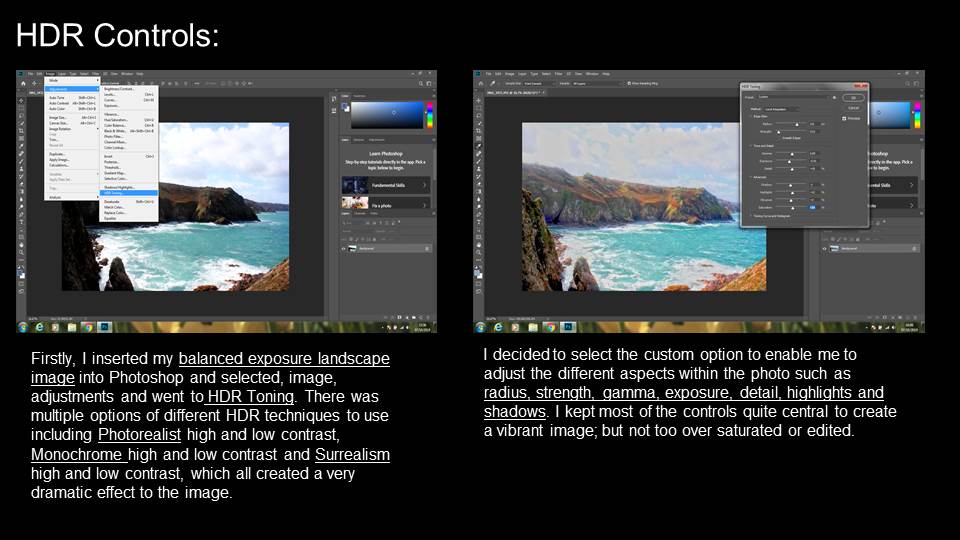
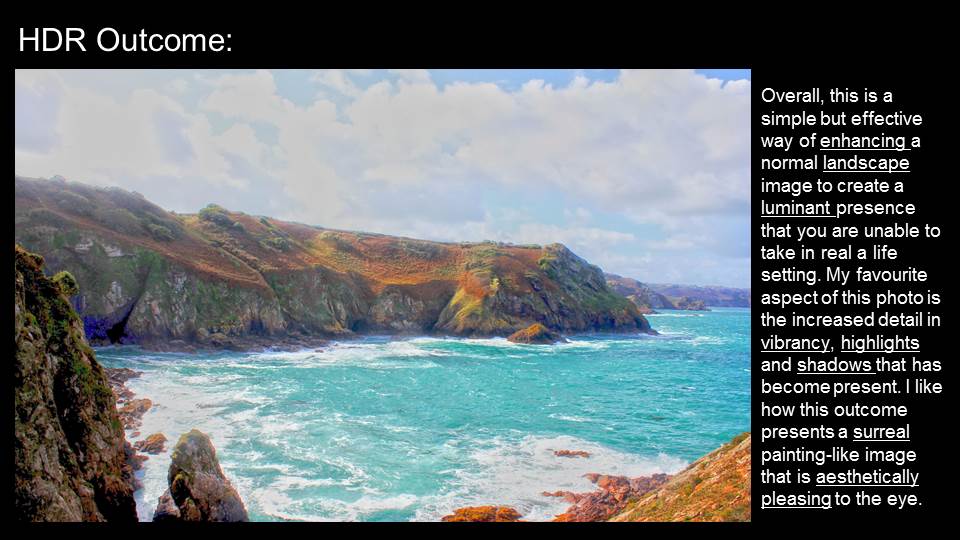
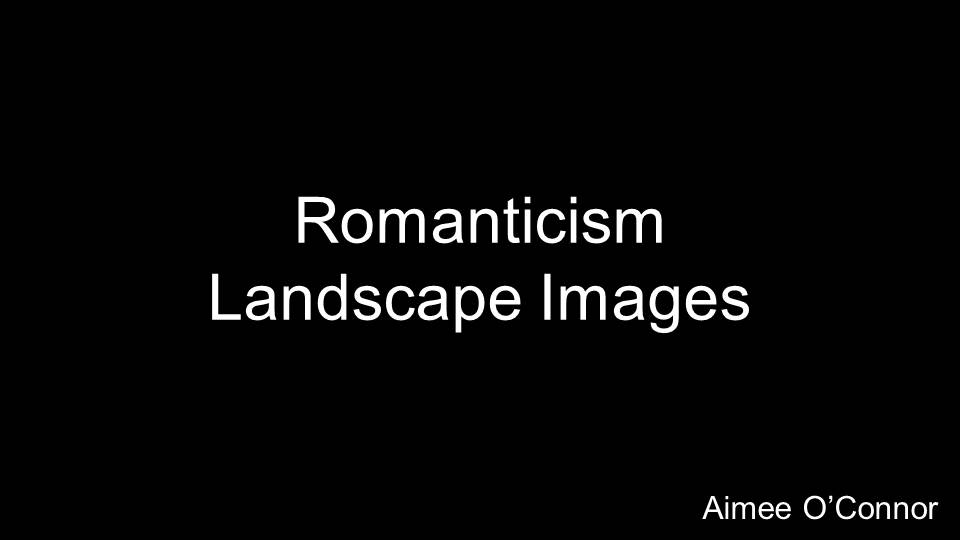

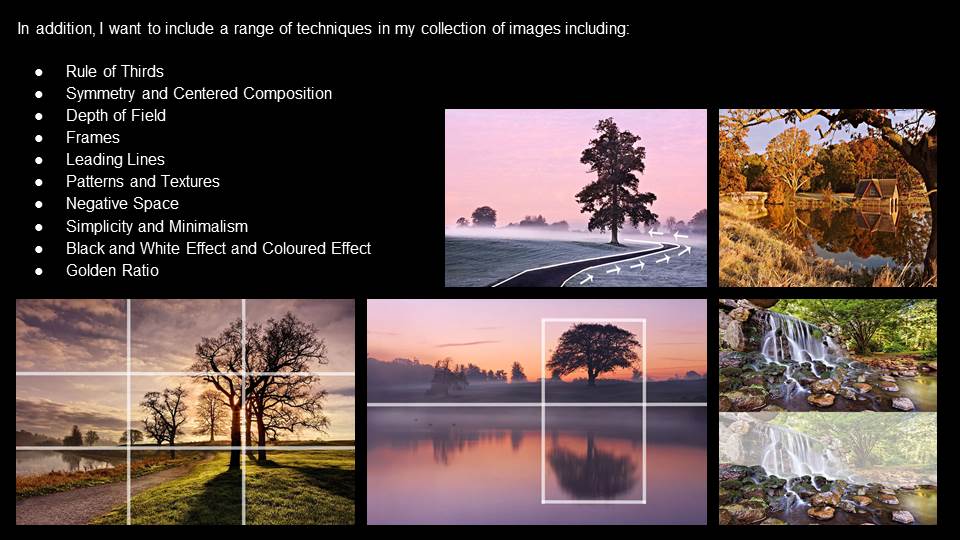

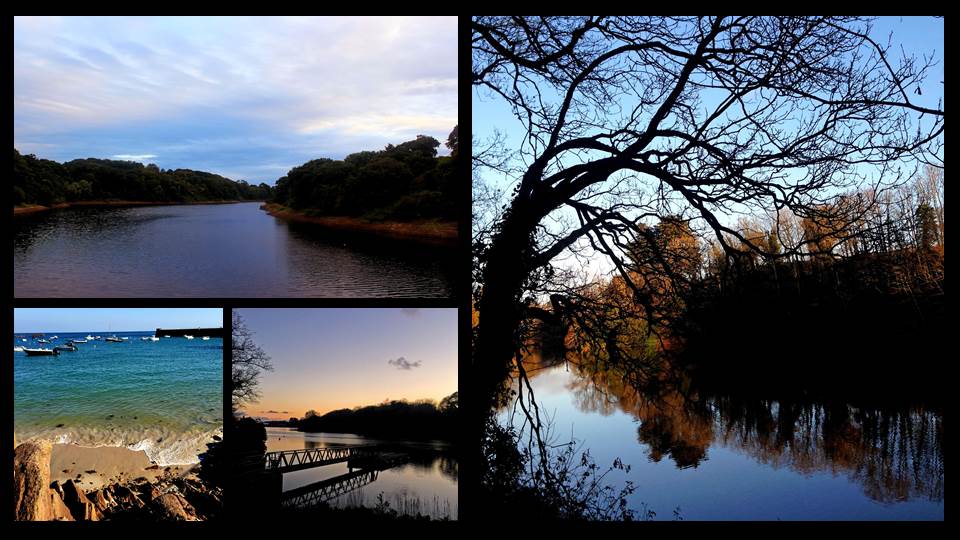
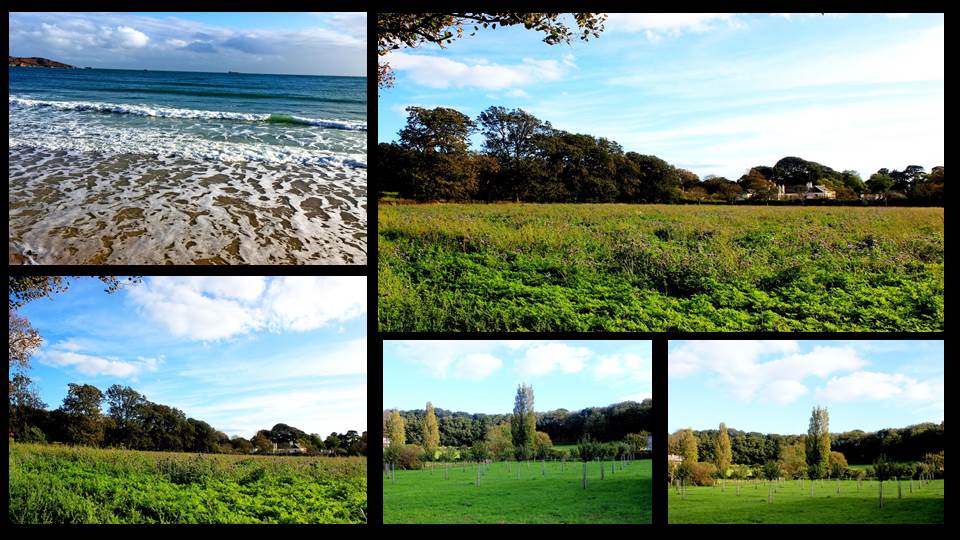





























A comment on mass production / mass consumption?
Where do ideas come from? How about through collecting, sorting, classifying. That’s one way to begin. It is an organized method of investigation used in the sciences and the arts. In the field of archeology the exploration of the similarities and differences among the same type of object is called a typology. This same methodology is popular among artists, especially those using photographic processes.
A typology is a collection of a single type or class, with the collection itself being more important than the individual components. According to Marc Freidus, “A typology is assembled by observation, collection, naming and grouping. These actions allow the members of the class to be compared, usually in search of broader patterns.”
Typologies appear to be objective – finding specific items that fit a clearly defined category – but of course, someone has to create that category in the first place, which can be seen as an act of invention. It is here that the artistic mind is located. Stylistically, these typologies try to remove the unique “artist’s hand,” and this may be the reason they are found more in photographic work than in painting or sculpture.
The ability to compare the similarities and differences between the components of a typology is important and for this reason artists often use a grid, book format or a linear layout in a contained space (such as a gallery) to aid in this analysis.
August Sander, “The Farmer”
Working in Germany between the first and second world wars the photographer August Sander undertook a massive typological study called The Physiognomy of Our Time. He classified German society into types based on class and social standing, using the following major categories – The Farmer, The Skilled Tradesman, The Woman, Classes and Professions, The Artists, The City and The Last People (which were further sub-divided.) He wasn’t interested in taking photographs that revealed the uniqueness of each person, rather he saw them as archetypes and employed a style that emphasized this aspect. The photographs were designed as a multi-volume atlas, a reference of German types. (In the image above I have used a grid format to show a small portion of the work but please note that this is not how Sander presented it. He presented it as a book.)
Bernd and Hilla Becher
Sander influenced generations of photographers, among them the married couple Bernd and Hilla Becher. In the 1950s they began documenting rundown and disappearing industrial architecture – blast furnaces, water towers, foundries. Their work can be seen as a type of industrial archaeology. Presenting the work in a straightforward grid format, each picture was taken under a uniform grey sky at the same time of day, from the same distance and angle – allowing the images to be easily compared and classified. The Bechers endeavored to make dispassionate, objective images. Like Sander before them, the Bechers influenced large numbers of contemporary artists and photographers – Thomas Demand, Candida Hofer, Thomas Struth, Thomas Ruff and Andreas Gursky – who follow their lead in employing a detached documentary style in their work.

Ed Ruscha, “Every Building On The Sunset Strip”
The artist Ed Ruscha is famous for his paintings and prints but is also known for his series of photographic books based on typologies, among them Every Building on the Sunset Strip, Twentysix Gasoline Stations, Some Los Angeles Apartments, and Thirtyfour Parking Lots. Ruscha employs the deadpan style found in many photographic topologies. The book shown above is a 24 foot long accordion fold booklet that documents 1 1/2 miles of the Sunset Strip in Hollywood.
Jeff Brouws
Twentynine Palms by the photographer Jeff Brouws is a photo book that contains 29 pictures of vintage roadside signs advertising fortune tellers and palm readers – a homage to both Ruscha and the photographer Walker Evans.
Here’s a few more topologies for you to look at:
Karl Blossfeldt
Ólafur Elíasson
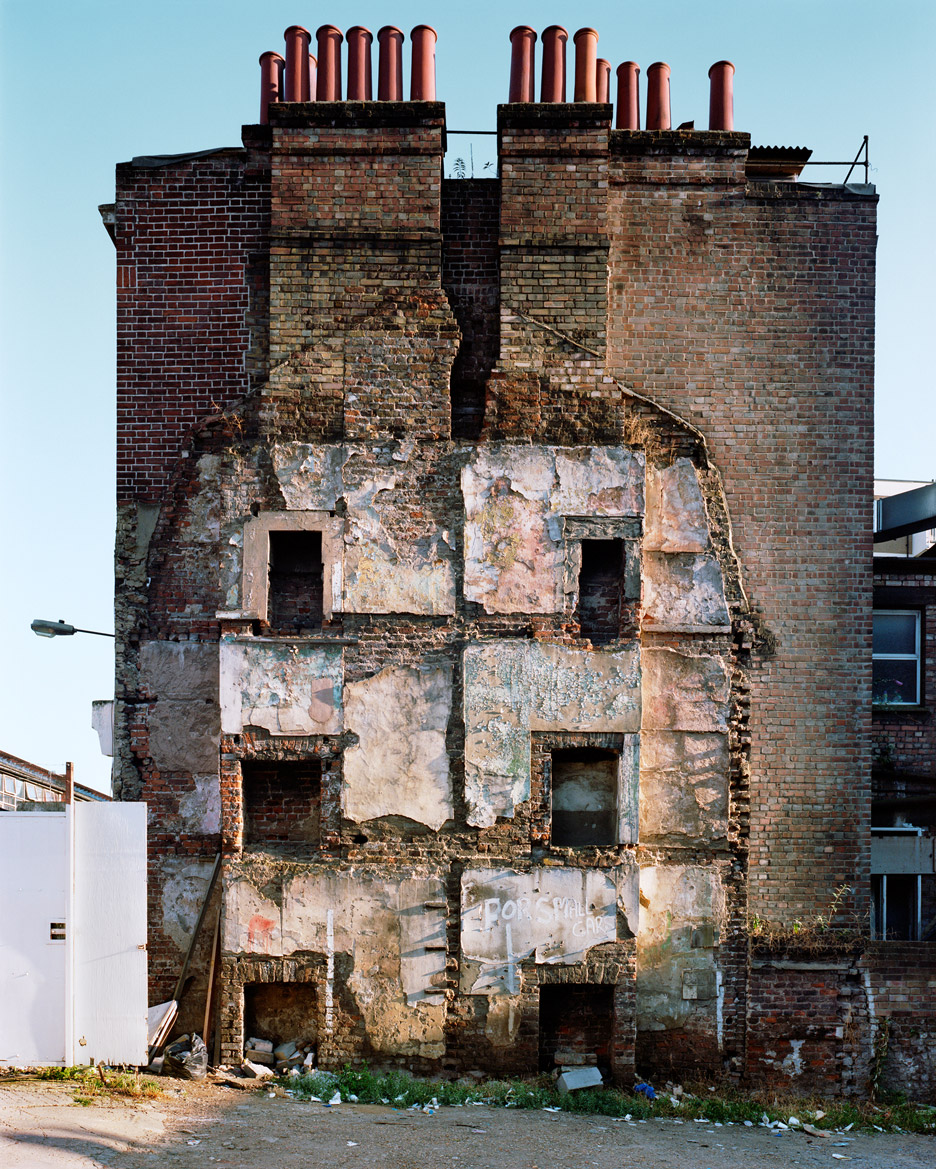
Franklyn Swantek
A great resource is the blog The Typologist and its associated website, both maintained by Diane Zlatanovski, the Collections Steward at Harvard’s Peabody Museum. Here’s her description of a typology – “By definition, a typology is an assemblage based on a shared attribute. Patterns, both visual and intellectual, resonate and reveal themselves within collections. Information not apparent in isolation becomes visible in context – only through studying groupings are we able to discern similarities and contrasts. In observing collections of similar things, the beautiful variations become evident. And the closer you look, the more you see.”
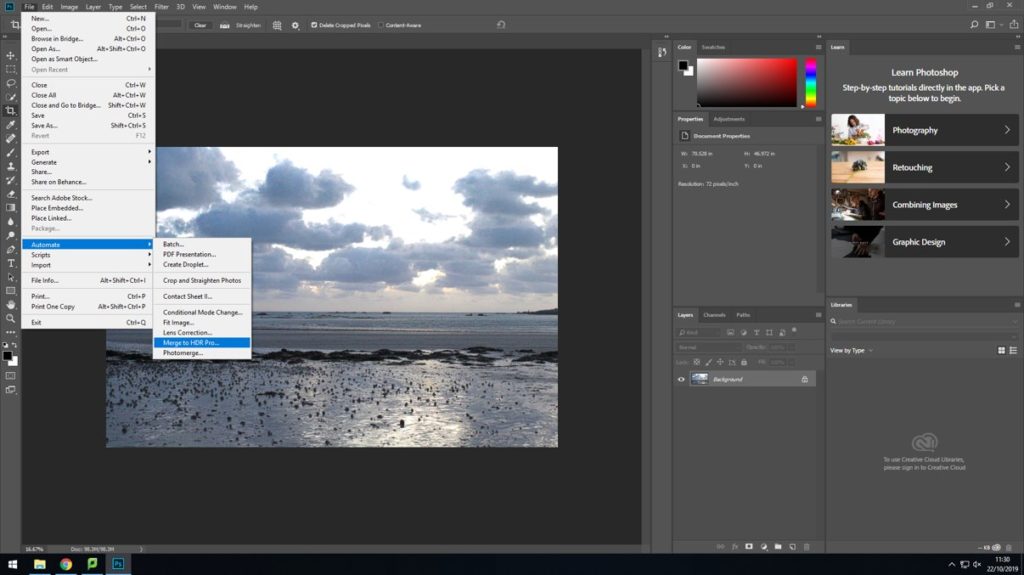
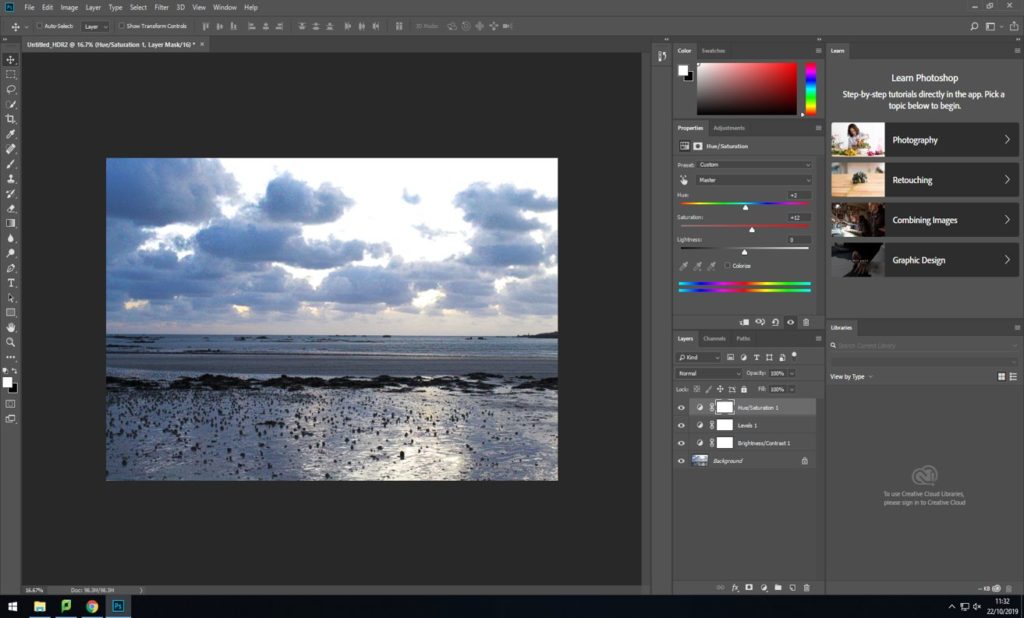
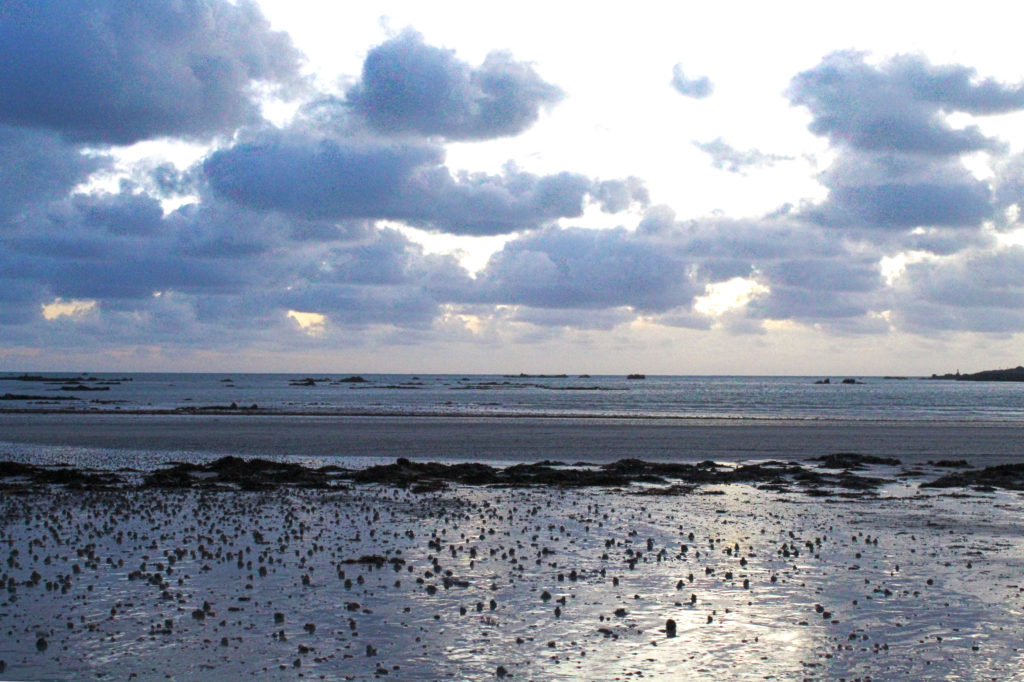
I started out by using the exposure bracketing skills that I learnt to create this HDR image using 3 images that I took, all with different exposure levels. Then I edited the merged image by increasing the saturation and adjusting the levels to create the final romanticised image I visualised beforehand. I also had to edit the tilt of the image, as the horizon was not entirely level.
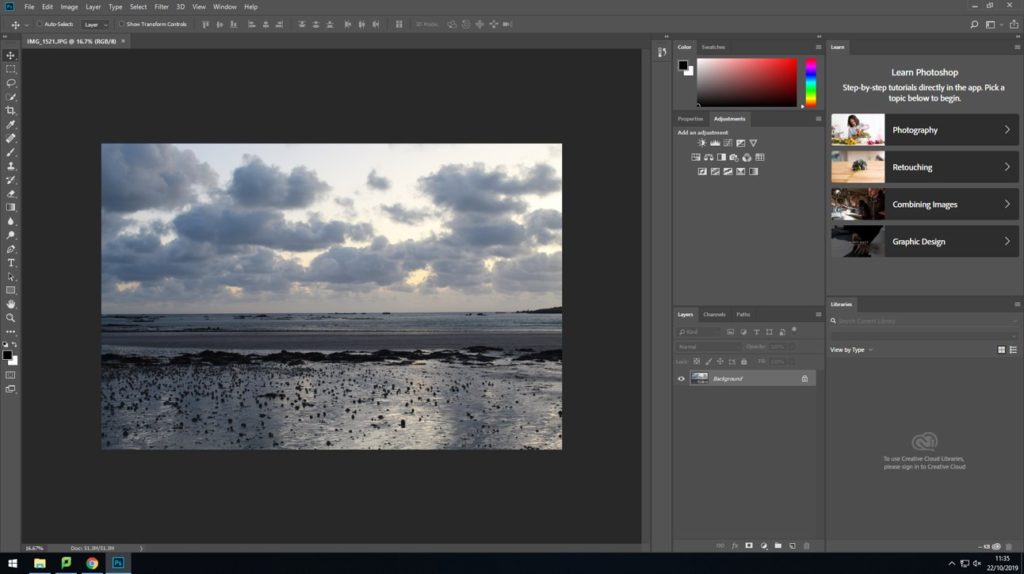
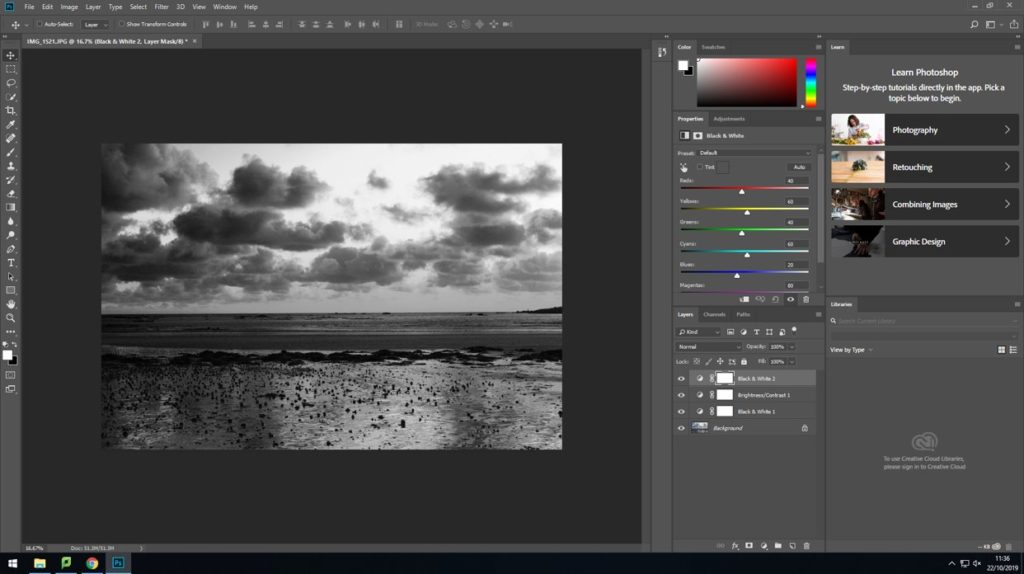
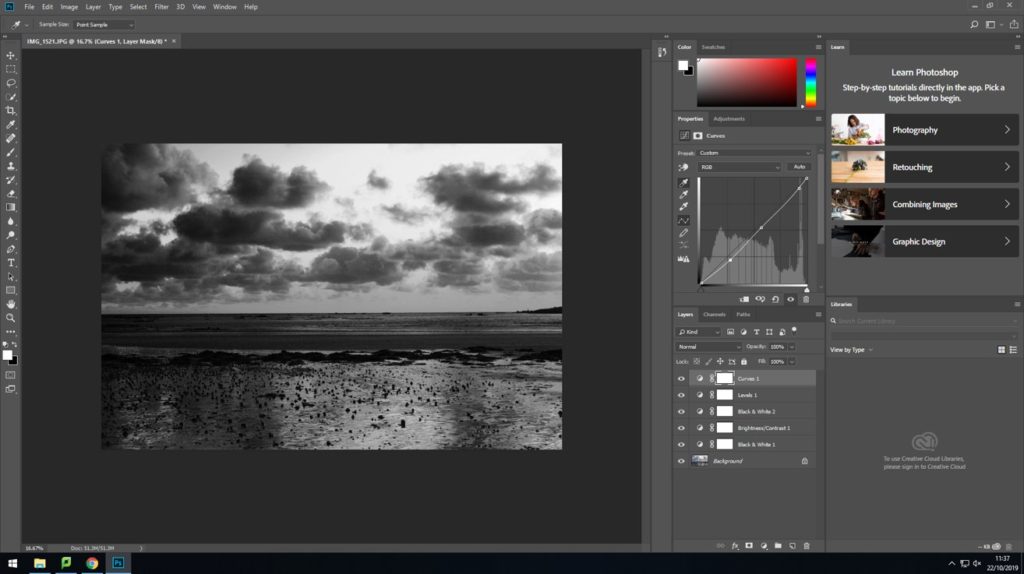
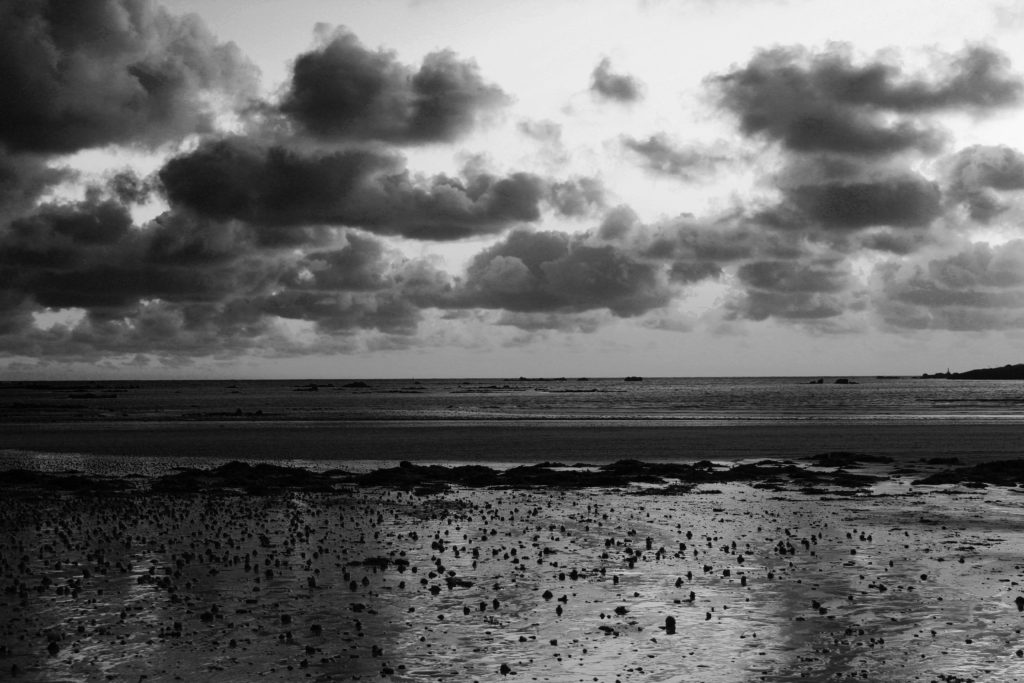
With the second of my chosen images I decided to produce it in black and white, since Ansel Adams and other romantic photographers used black and white photography for their images as well. When it was in black and white, I edited it further to increase the contrast and the levels of black and white and also the grey midtones to produce the best version of my original image.
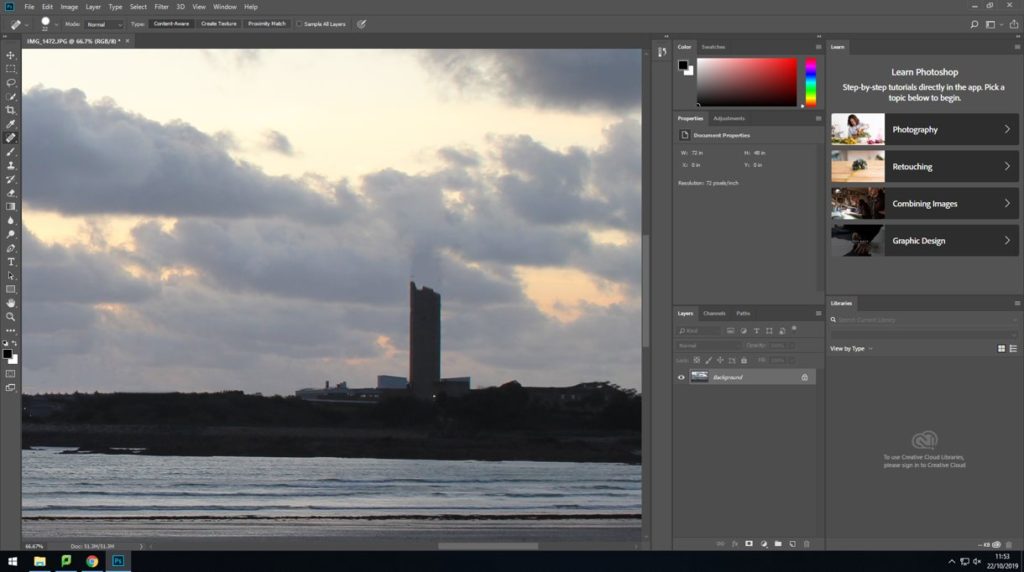
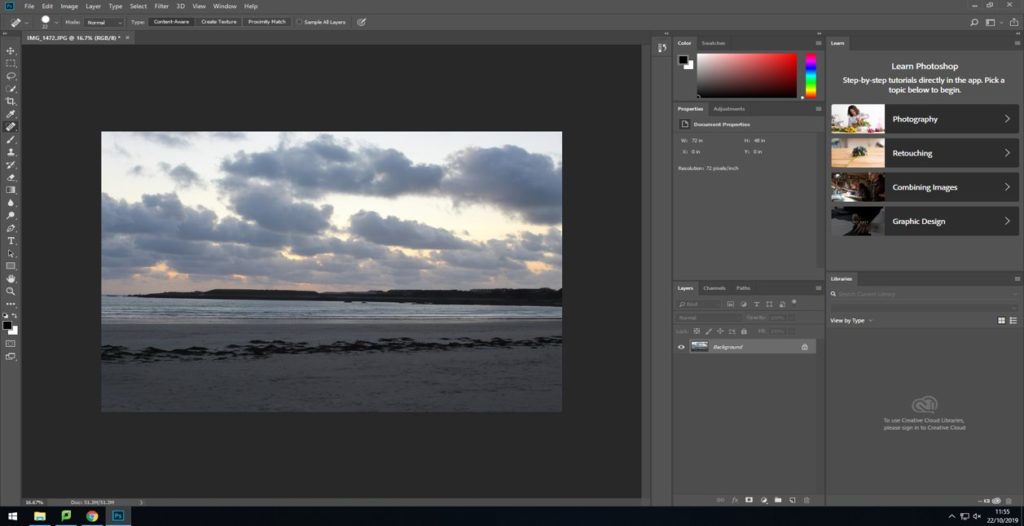
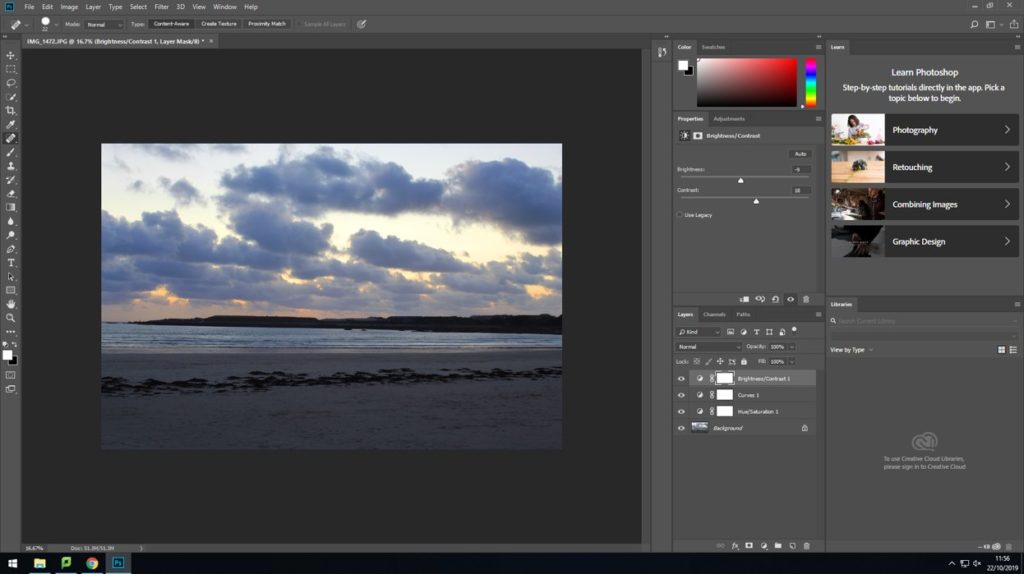

This image took the most editing due to the obvious man-made structures on the horizon. Because this photoshoot focused on romantic landscape photography, I decided to edit out the large building and tower to remove any non-natural aspects of the scene. Afterwards I increased the contrast and saturation to further the romantic feel of the image, and to highlight the colours in the sky cause by the setting sun.

Landscapes are all the visible features of an area of land, that are often considered aesthetically pleasing whether they have a lot of detail and a lot of colour or if they have a main focus in the photo and it’s in black and white. In my photo shoots I will attempt to have a lot variety in my photos whether i do this through camera settings or if I do edit them whilst using Photoshop.
Paul Marcellini


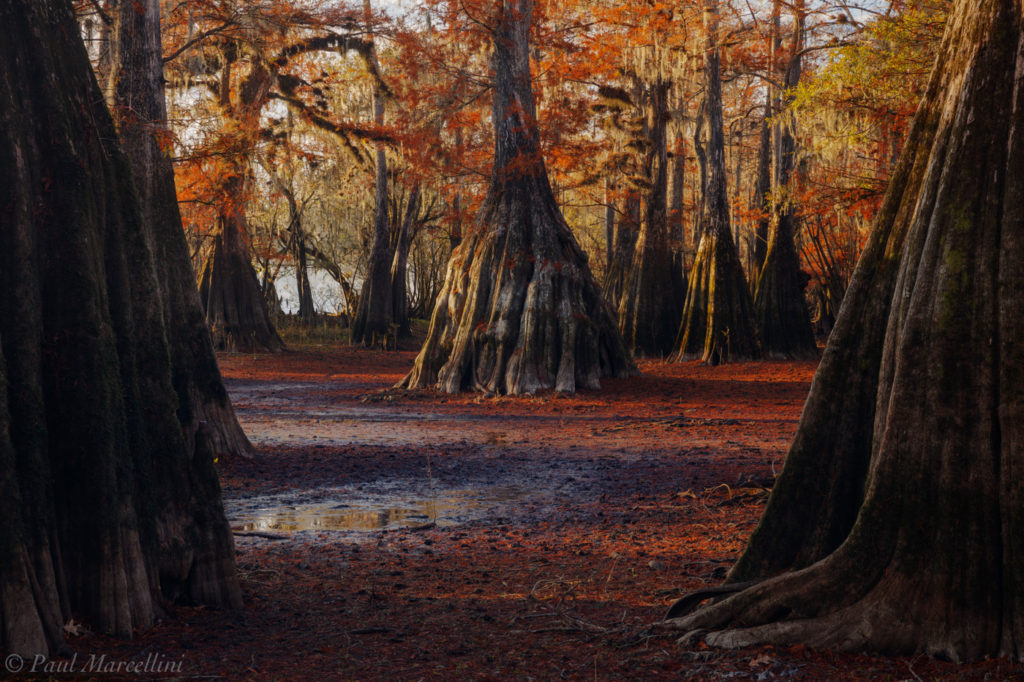
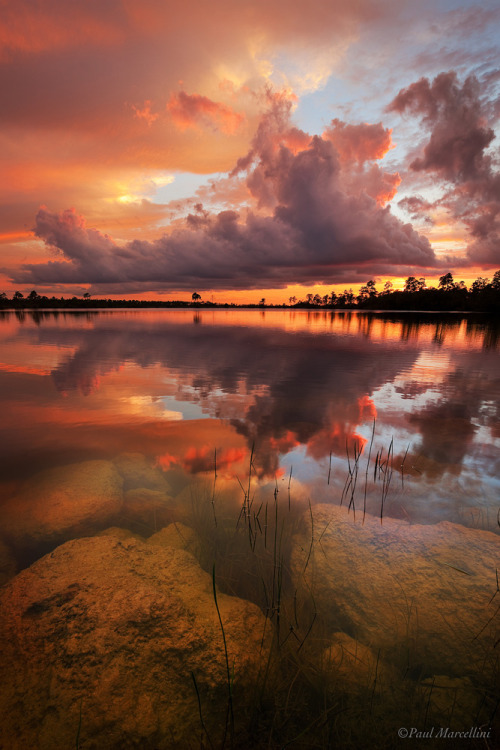
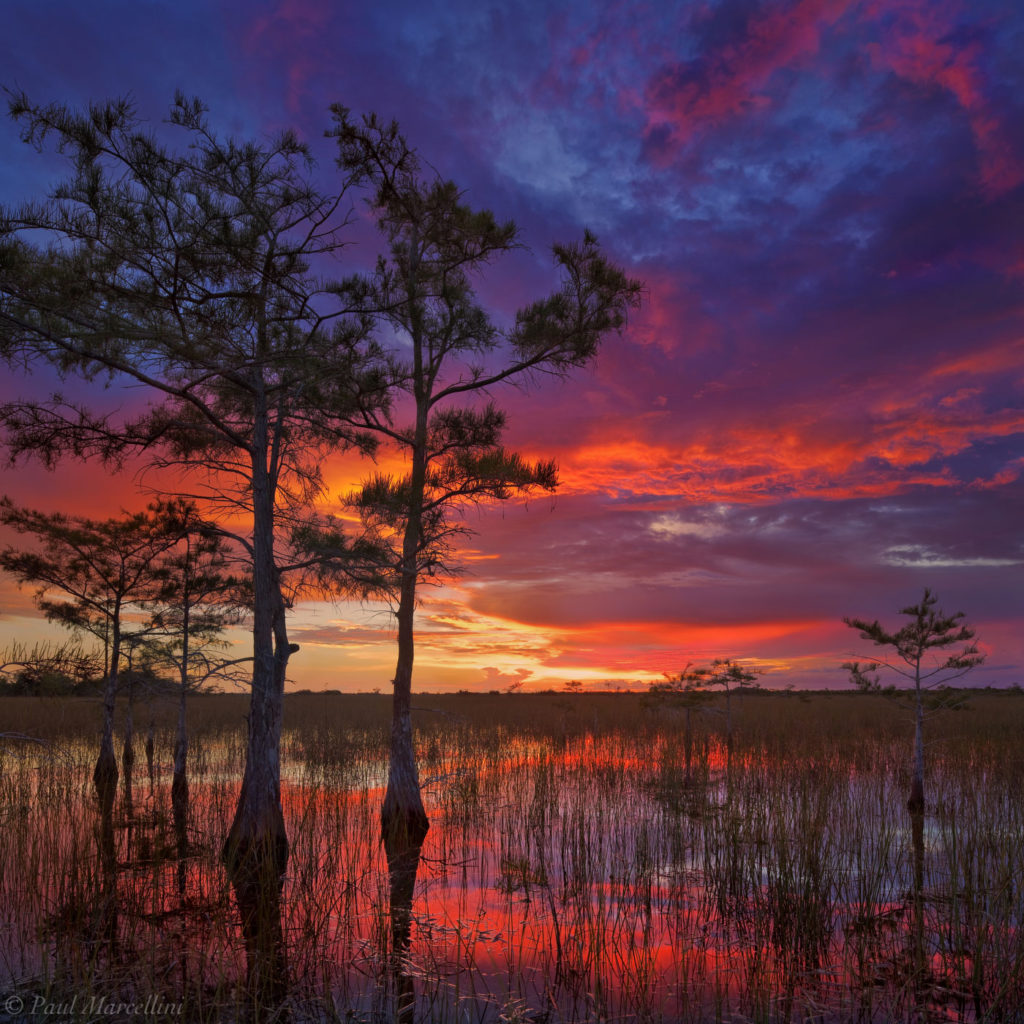
Ansel Adams


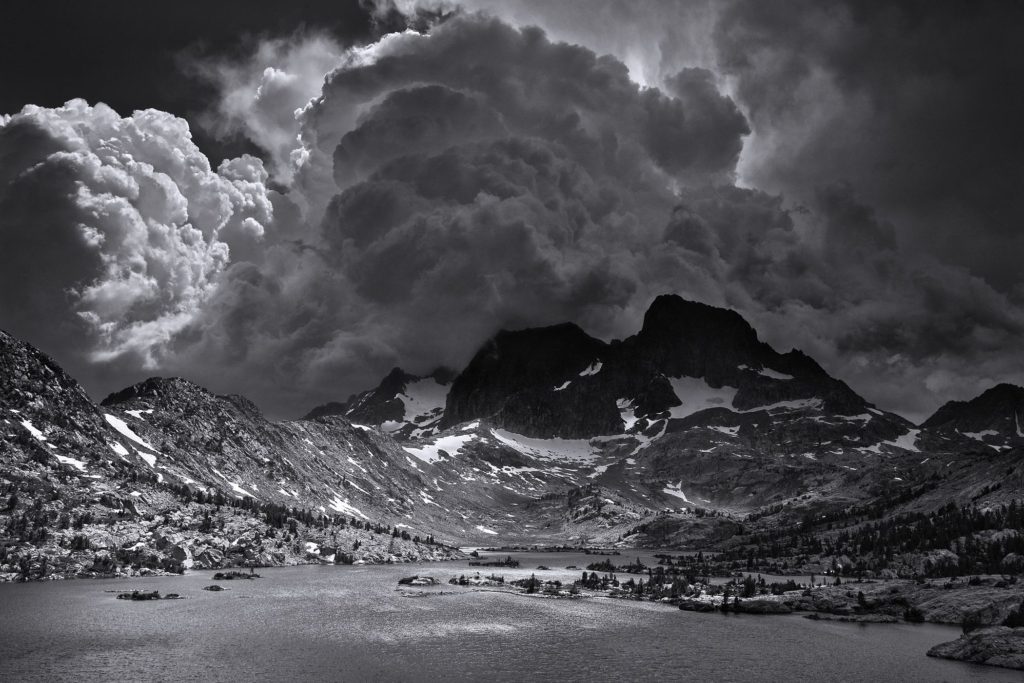

I will get inspiration from the photographers above when I’m taking my own photos. I will consider using the camera to make my imagers look different such as; using exposure bracketing and DoF as well as editing the images using HDR toning on photoshop.

Romanticism was an artistic, literary, musical and intellectual movement that originated in Europe in 18th century, and in most areas it was mostly popular from 1800 to 1850. Romanticism has many characteristics, one of them being the emphasis on individuality. Compared to neoclassicism, romantic art relates to peoples emotions and is dramatic, often exotic, and at times, drawn from the artist’s imagination.

Landscape environments highlighting the theme of romanticism.
Cliff faces, caves, woodlands, sea, sand (beaches), hills, fields.
Late afternoon, leading into evening – avoids harsh light from the middle of the day and allows for a different atmosphere and setting when the sun begins to set.
Possible locations include:
Sorel point, L’Etacq, Grosnez, Plémont Beach, La Corbière, Blanches Banques, La Pulente, Bouley Bay, Bonne Nuit Bay.
I’ve chosen to do this photo shoot with these locations to relate it back to the research and topic of Romanticism within landscape photographs we’ve been studying. I’ve chosen a variety of natural environments for my shoot in order to cover the different emotional responses that come from the power of nature and the sublime.
Equipment:
-Phone
-Tripod
Use of a tripod to help keep the camera stable while using slower shutter speeds as well as keeping the camera view the same while exposure bracketing (to create HDR images). Additionally, I will be experimenting with different exposures to create a contact sheet of images to use for exposure bracketing to produce HDR images.
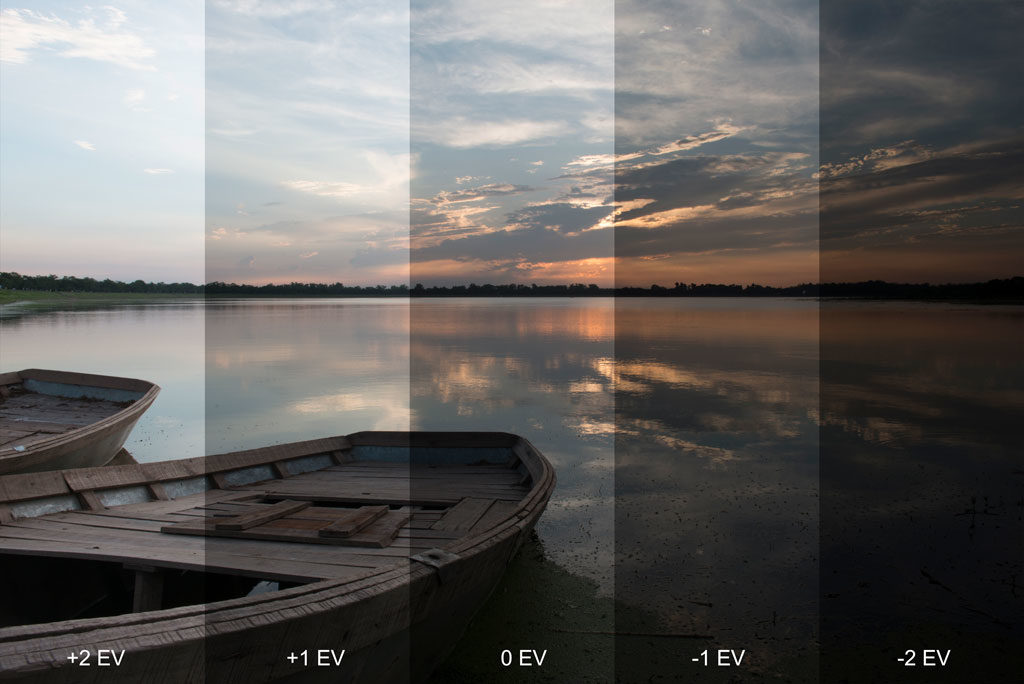
I’m aiming to purposely over-expose and underexpose a group of images to build up layers to produce HDR images. It will be beneficial to check the weather forecast (Wind strength, sun set, tides etc.) to work out the optimum time to photograph certain locations to maximize the effect in my photos.
What will I photo graph?
When am I conducting the shoot?
Where am I working?
How am I going to produce The images?
I think that my first shoot was successful, and I managed to capture a couple photos that I will be able to merge to HDR later in editing. However, many photos are out or focus due to strong winds. The photos from my contacts that are crossed out will specifically not be used in further editing stages, and photos circled will be. Any other photographs maybe used to create HDR images in editing later on.
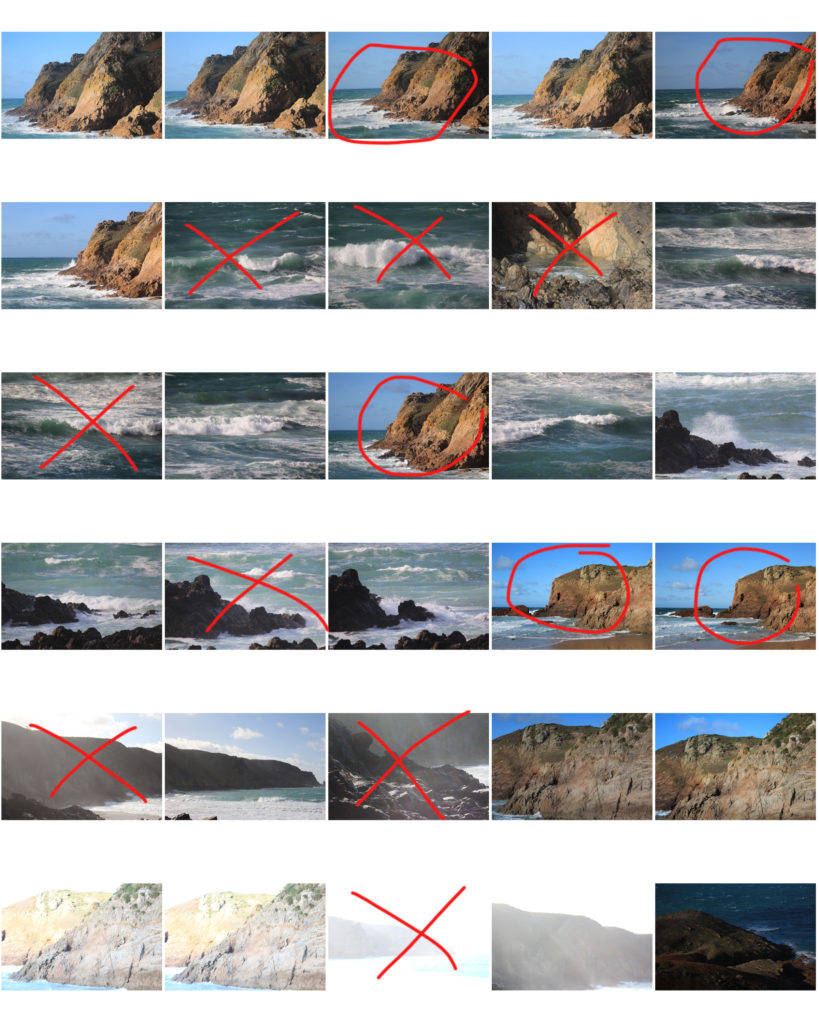
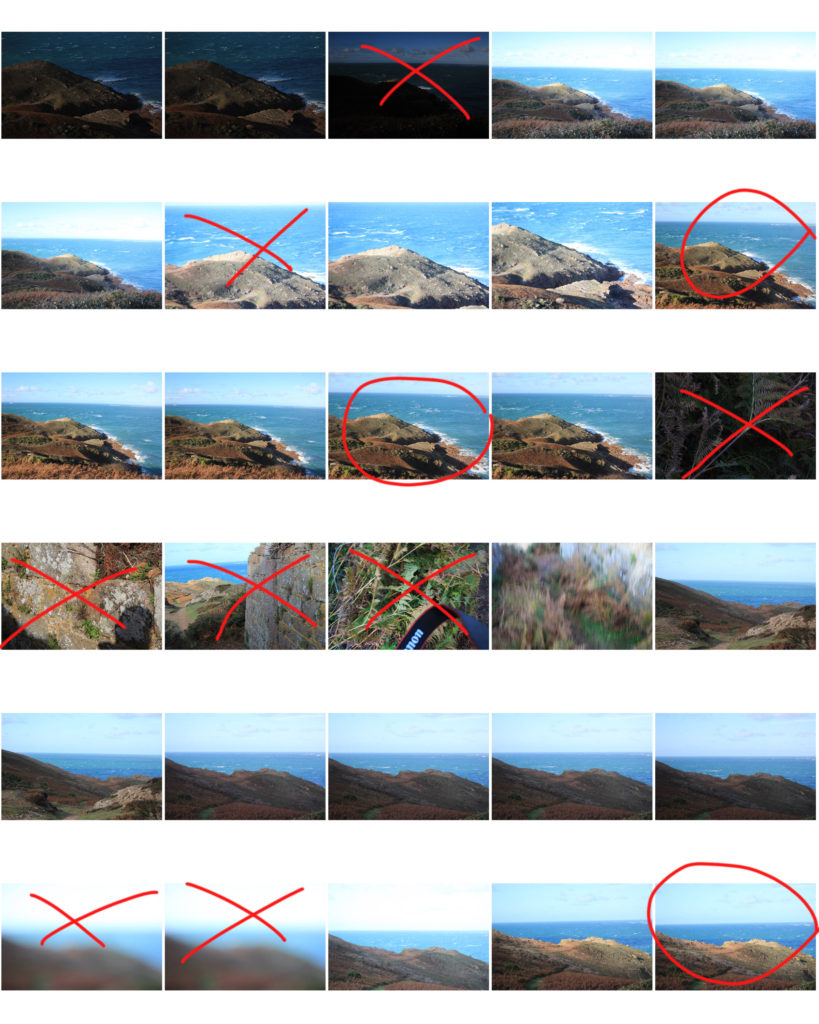
In this page of contacts I changed my plan slightly by stopping off at Le Pulec at the west of the island to take photographs. This was because the waves where rough and the cliffs provided great composition. The first couple of photographs taken are my favourite and I will use them in my edits. The second half on the photographs from this contact sheet do come from Plemont, following my original plan. However many of these photographs where not in focus and did not have a large depth of field.
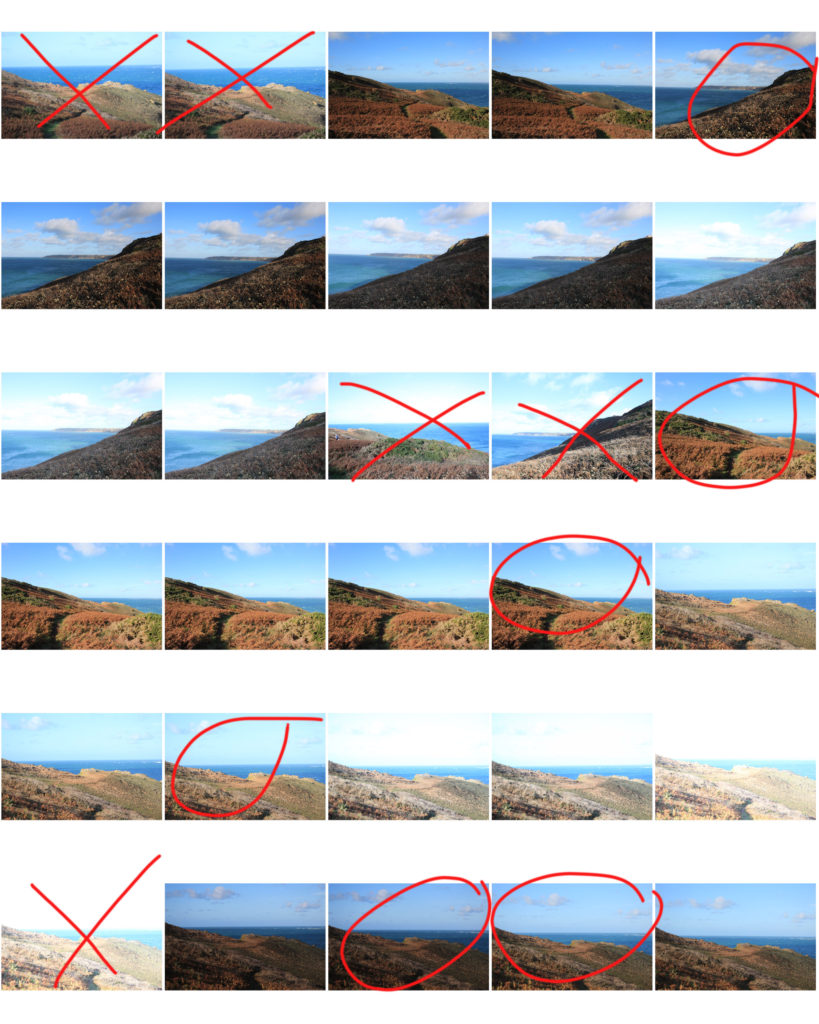
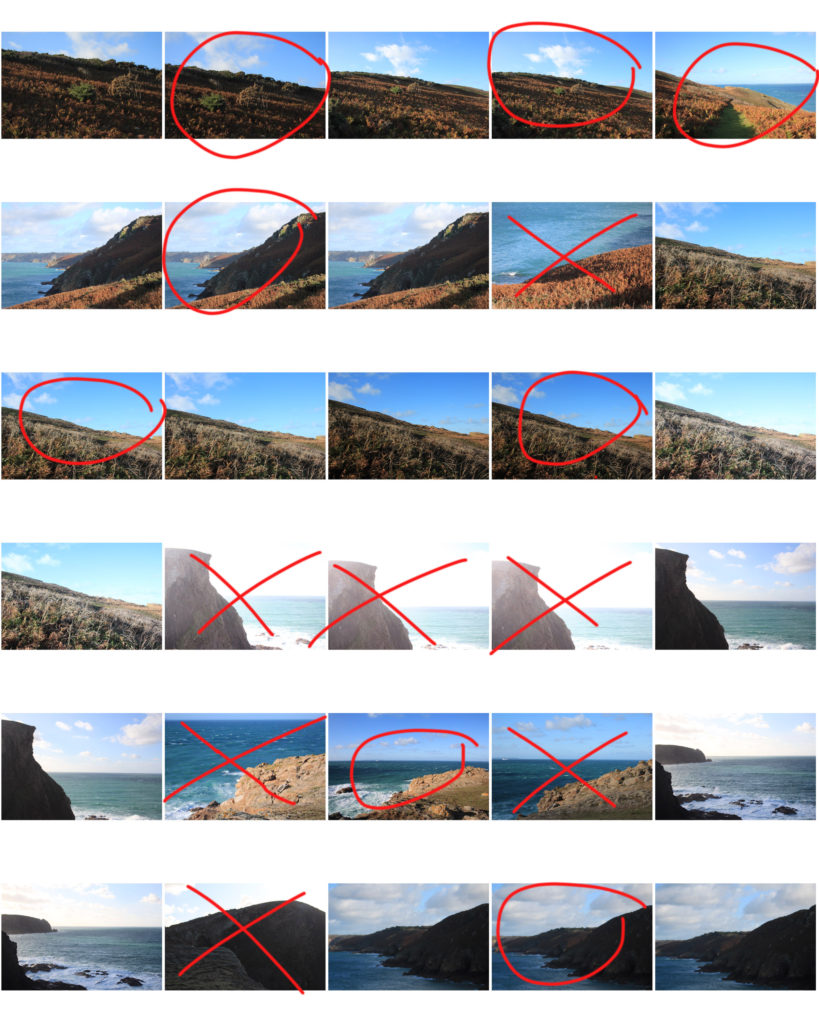
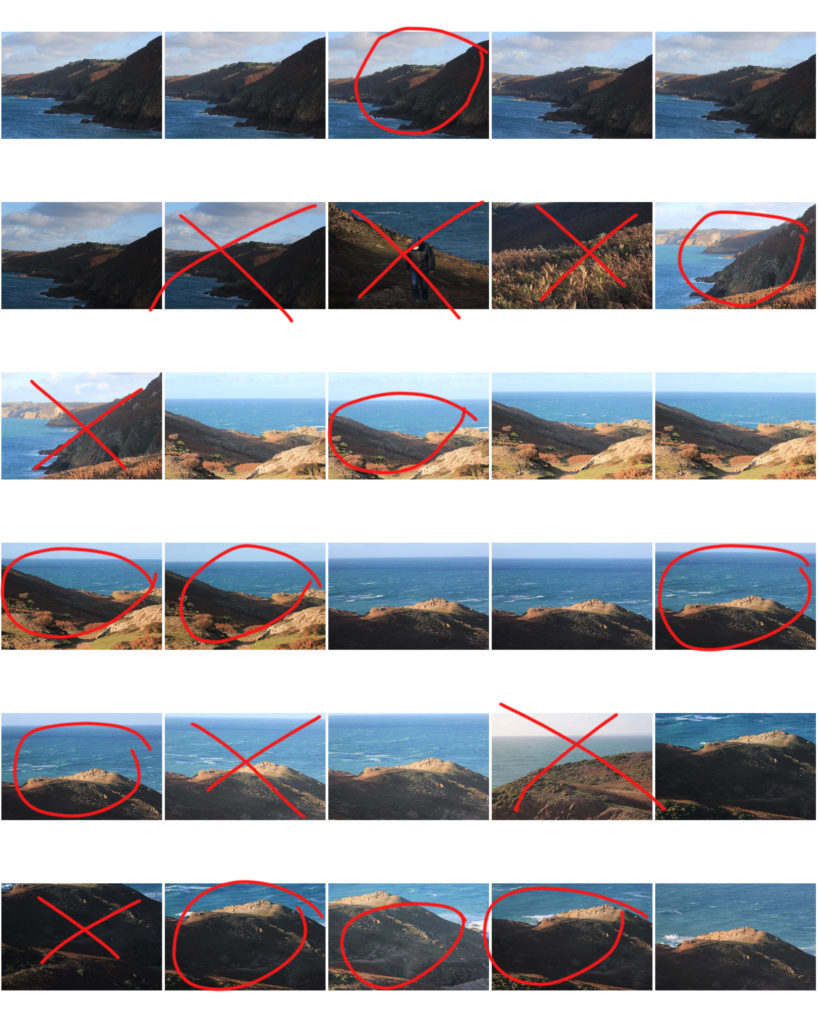
PHOTOSHOOT EVALUATION:
I think that my photoshoot was a success, however many changes could be made, for example the weather conditions where windier than anticipated, so many of the photographs where blurry or out of focus. I enjoyed using the different ISO setting to produce photographs with different exposures however I think that I could have changed the shutter speed to that the photos I took are in better focus and objects such as plants and bushes are not blurry.
Image 1:
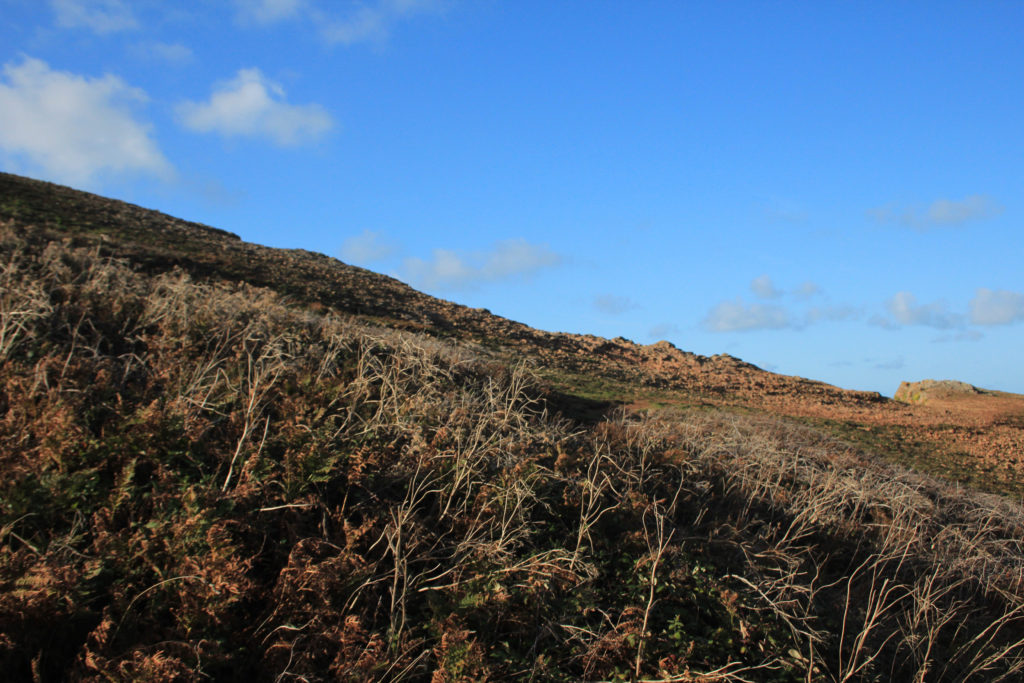
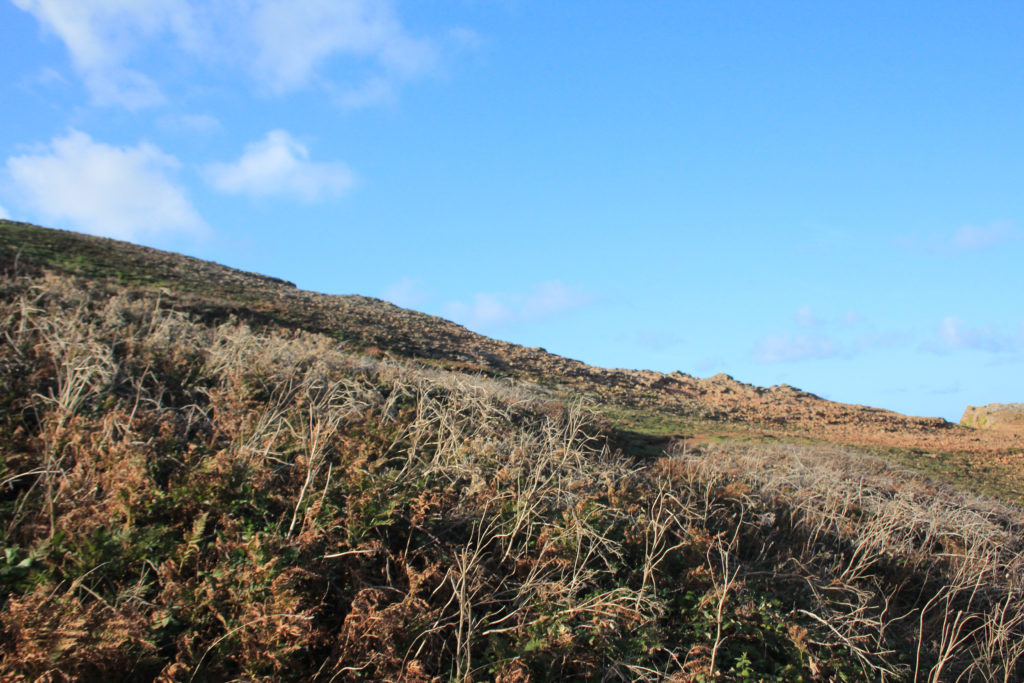

Image 2:
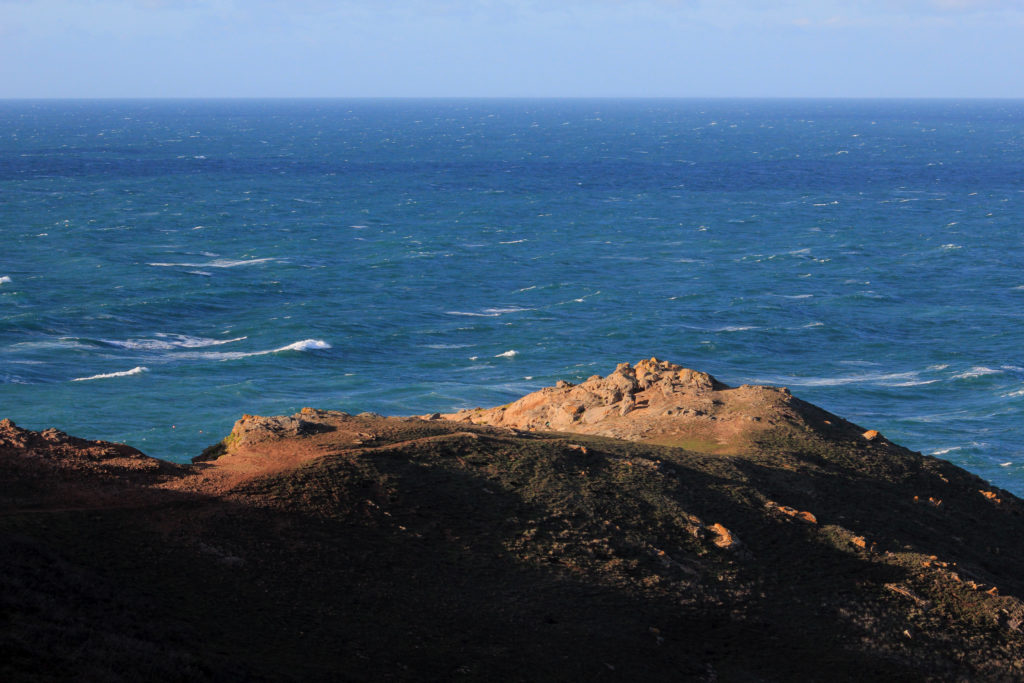
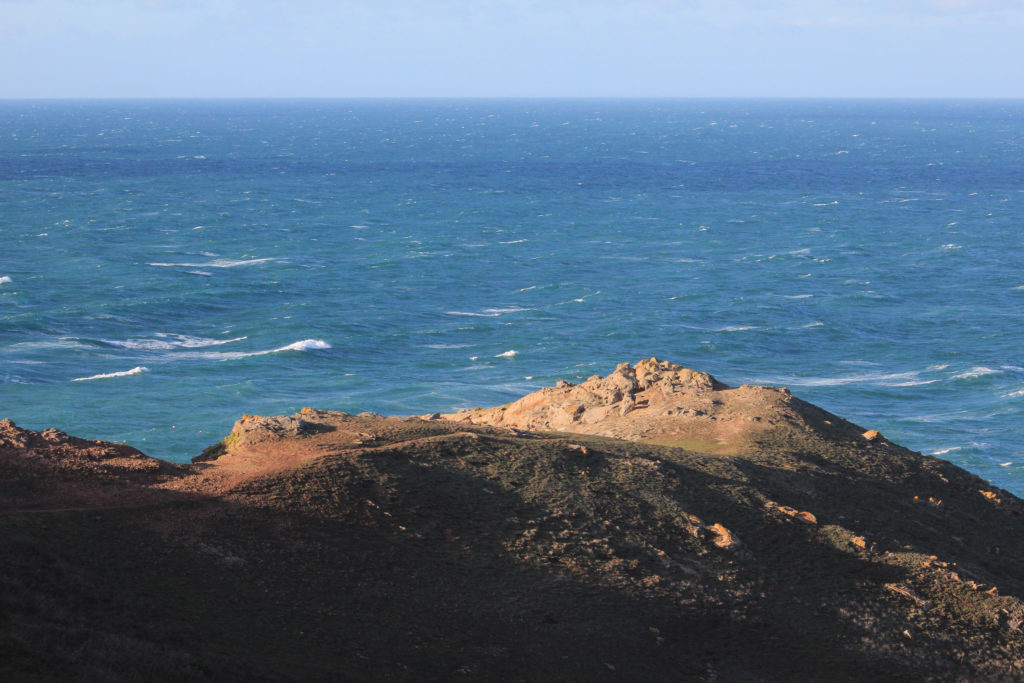

The two images I chose where actually singular photographs with different exposures. Here are an example of using exposure bracketing from under to overexposed, these photos can be used to create a HDR image on photoshop.
Image 3:

Image 4:
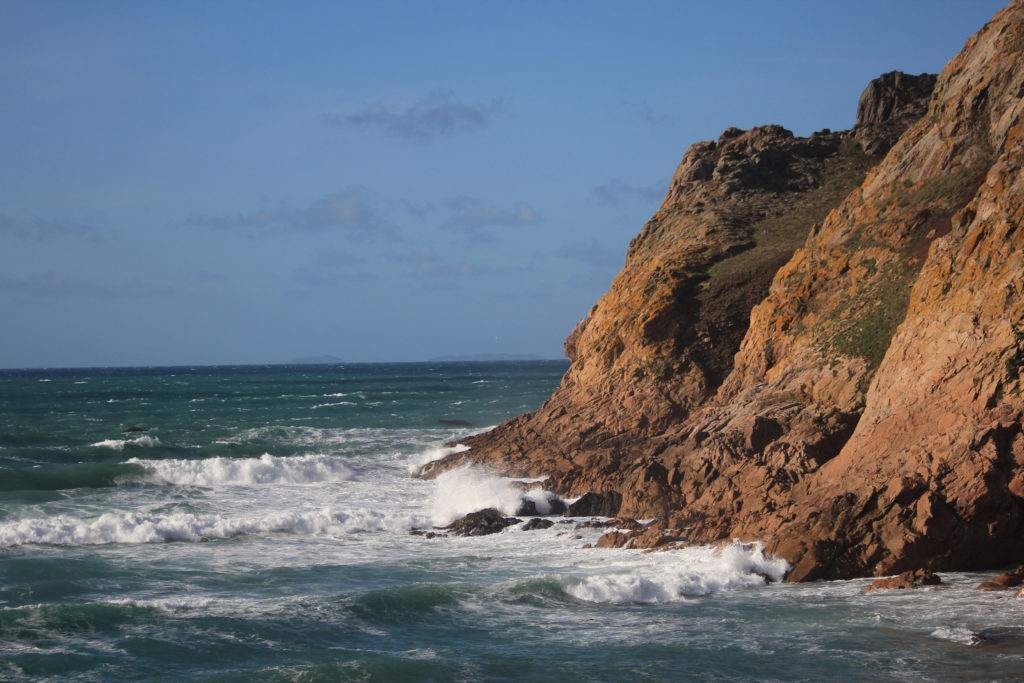
CREATING HDR
During my first photoshoot at Plemont, I experimented with different ISO’s in order to be able to create HDR images in photoshop later on. I used a tripod to keep the camera still while changing the settings (ISO number) between different photos. The ISO’s ranged from 400 to 1600. Later, using photoshop, I automated 3 photos with different exposures; over exposed, under exposed and normal, into a HDR photograph.
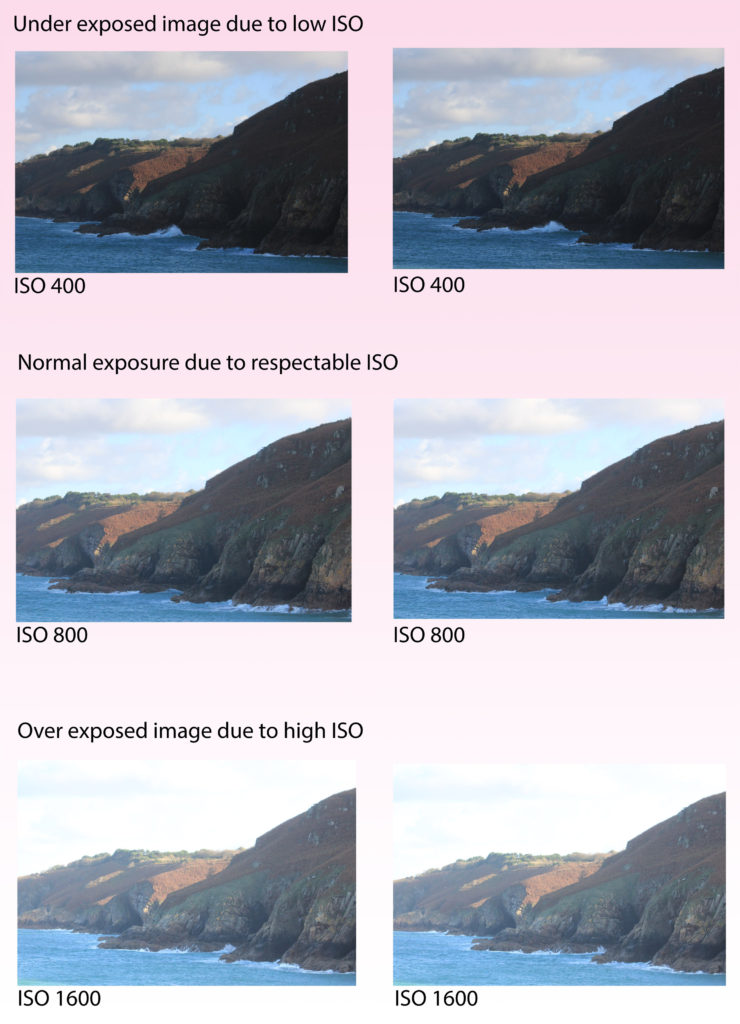
The New Topographics
The beginning of the death of “The American Dream”
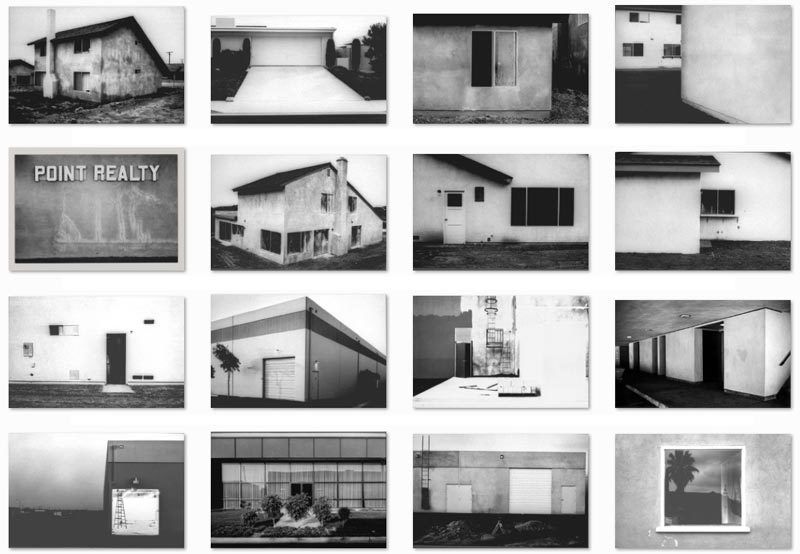
New Topographics inspired by the likes of Albert Renger Patszch and the notion of The New Objectivity
Parking lots, suburban housing and warehouses were all depicted with a beautiful stark austerity, almost in the way early photographers documented the natural landscape. An exhibition at the International Museum of Photography in Rochester, New York featuring these photographers also revealed the growing unease about how the natural landscape was being eroded by industrial development.

The New Topographics were to have a decisive influence on later photographers including those artists who became known as the Düsseldorf School of Photography.
History and Theory
Practical Responses…
Urban Photoshoot Due Date Wednesday 23rd October
150-200 images that reflect your understanding of The New Topographics ( reference at least 1 x artist)
You may choose to focus on areas that have a direct link to Occupation / Liberation
Look at how the New Topographics approach has inspired landscape photography and the way we document our surroundings / the way we are using and transforming the land.
You should look at photographers such as…

Research a selection of these photographers and respond with…
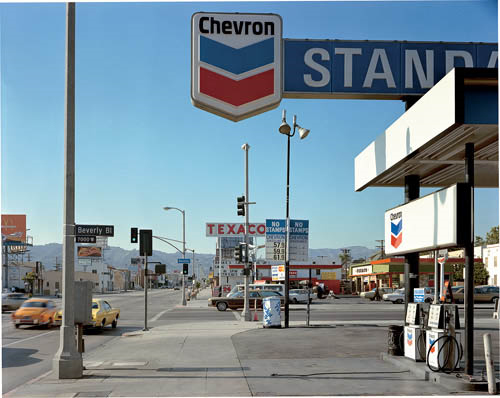
Stephen Shore, Beverly Boulevard and La Brea Avenue, Los Angeles, California, June 21, 1975, 1975, chromogenic color print
Analysis and discussion… starting points and key features of The New Topographics
Remember to use this

Follow this 10 Step Process and create multiple blog posts for each unit to ensure you tackle all Assessment Objectives thoroughly :